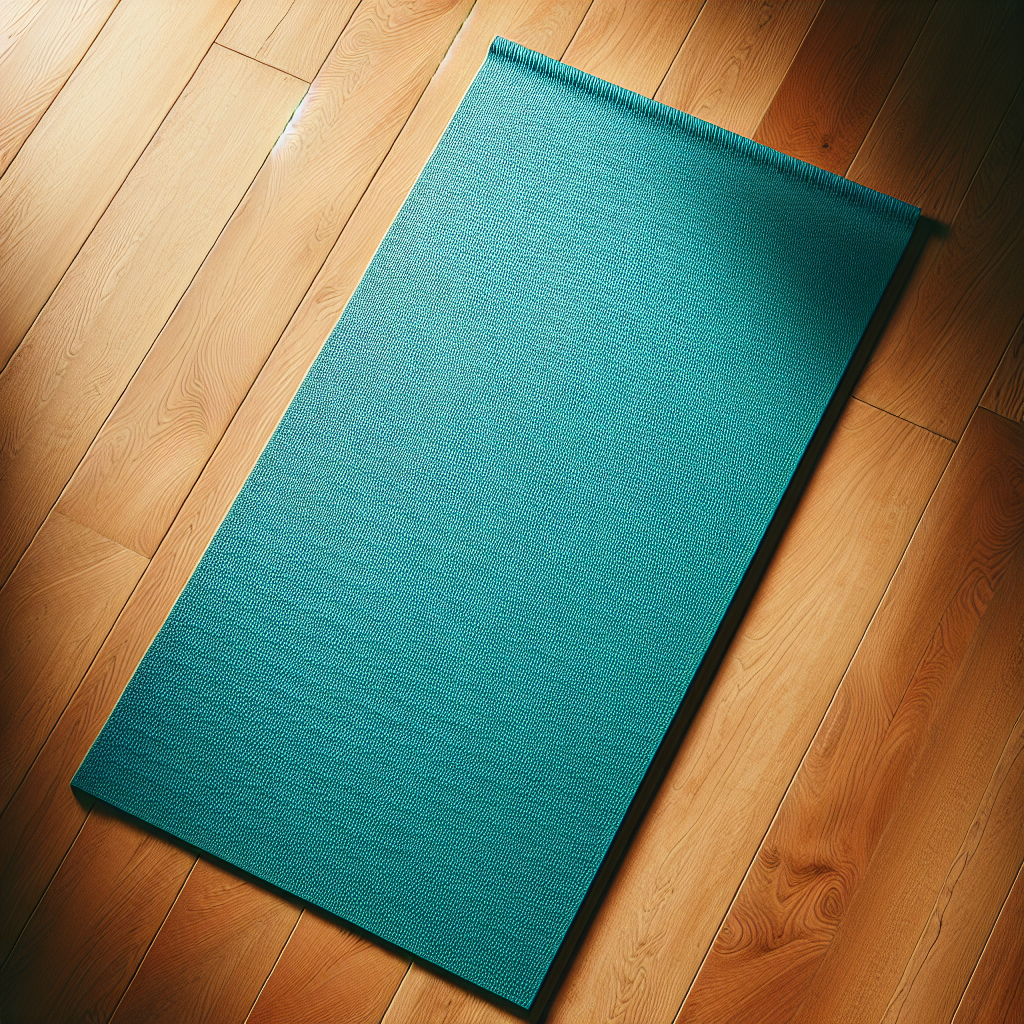
Yoga is not just an exercise; it’s a lifestyle, a state of mind, and for many, a sacred practice that aligns the body, mind, and spirit. Central to this practice is the yoga mat—a simple yet crucial tool that can significantly impact your routine. Choosing the perfect yoga mat, however, isn’t just about picking a color or a brand. It requires consideration of various factors that align with your personal yoga practice and lifestyle. In this ultimate guide, we’ll help you unroll your zen by examining everything you need to know to choose the right mat for you.
Understanding Your Needs
Before diving into the specifics of yoga mats, it’s essential to reflect on your individual needs. Consider the following:
1. Your Yoga Style
Different styles of yoga require different levels of support, grip, and thickness. For instance:
- Hatha Yoga: Generally slower and more gentle; a standard thickness (about 4-6mm) is typically sufficient.
- Vinyasa or Ashtanga: More vigorous styles that involve flow; a mat with good grip is essential, and many practitioners prefer a slightly thicker mat (up to 6.5mm) to cushion impact.
- Bikram or Hot Yoga: These practices require mats that can withstand higher moisture levels; look for materials that resist slipping when wet.
- Restorative Yoga: For this meditative style, thickness provides comfort, so opt for a plush mat (6-8mm).
2. Surface and Texture
The texture of your mat affects grip and stability during practice. The options range from:
- Smooth: Good for gentle practices but may become slippery.
- Textured: Provides better traction for more dynamic styles.
- Natural materials (like jute or rubber): Offer a more earthy feel and excellent grip, especially in sweaty conditions.
3. Material Matters
Yoga mats come in various materials, each with unique properties:
- PVC (Vinyl): Durable and offers good grip, but not biodegradable. Best for those looking for longevity.
- TPE (Thermoplastic elastomer): Eco-friendly and lightweight, with decent cushioning and grip.
- Natural Rubber: Highly durable, eco-friendly, and offers excellent traction.
- Cotton: Commonly used for meditation mats; absorbent but lacks grip.
- Jute: A sustainable option that offers stability and texture.
4. Thickness and Comfort
The thickness of your mat can significantly influence comfort and support. Here’s a quick breakdown:
- Thin Mats (1/8” or 3mm): Ideal for balance and stability but may not provide enough cushioning for sensitive joints.
- Standard Mats (1/4” or 6mm): A solid balance between support and portability.
- Thick Mats (1/2” or 12mm): Great for providing extra cushioning but can be cumbersome to transport.
Budgeting for Your Mat
Budget is an important consideration. While some high-end mats can cost over $100, there are plenty of affordable options that perform well for beginners. Generally, you can find quality mats in the following price ranges:
- Budget Mats: $20 – $40
- Mid-Range Mats: $40 – $80
- High-End Mats: $80 and above
Investing in a quality mat can enhance your practice and may save you money in the long run, as you won’t need to replace a cheap mat as often.
Sustainability Considerations
In today’s eco-conscious world, many yogis prefer mats made from sustainable materials. Look for certifications like OEKO-TEX or GOTS if environmental impact is a priority for you. Consider brands that prioritize ethical production processes and use recyclable materials.
Style and Aesthetics
As you explore your options, don’t forget to consider visual appeal. Your yoga mat is a personal item, and choosing a design that resonates with you can motivate you to practice more frequently. From vibrant patterns to minimalist styles, there’s a mat to suit every taste.
Final Touches: Extras and Care
Once you’ve chosen a yoga mat, enhancing it with some additional items can elevate your practice:
- Yoga Towel: For hot yoga or when you sweat more, a towel can provide extra grip and absorb moisture.
- Carrying Strap or Bag: If you plan to take your mat to classes, a strap or bag can make transport easier.
- Cleaning Products: Keeping your mat in good condition extends its lifespan. Consider a natural cleaner or DIY spray to keep it fresh.
Conclusion: Unrolling Your Path to Zen
Choosing the perfect yoga mat is a personal journey that reflects your practice, values, and style. By understanding your needs, considering materials, thickness, and sustainability, you can find a mat that supports you, both physically and spiritually. So, unroll your zen, embark on your yoga journey, and let your mat be the foundation of your practice. Remember, when it comes to yoga, it’s not just about how you move—it’s about how you feel. Happy practicing!



